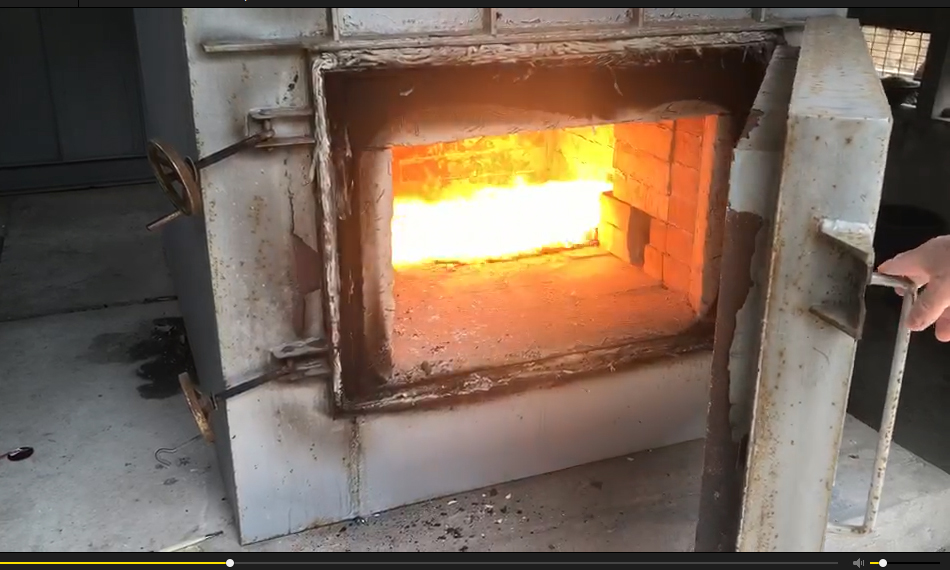Clinical waste, also known as medical waste, poses a significant health and environmental risk if not managed and disposed of properly. This type of waste includes items such as needles, syringes, and other sharp objects, as well as contaminated materials like gloves, gauze, and bandages. To ensure the safety and well-being of patients, healthcare workers, and the community at large, it is crucial to employ effective and efficient methods for managing and disposing of clinical waste. One such method that has proven to be advantageous is incinerator treatment.
Incineration is a process that involves the combustion of waste materials at high temperatures, resulting in the complete destruction of harmful pathogens and contaminants. When it comes to clinical waste, incineration offers several distinct advantages in terms of both safety and efficiency.
One of the primary benefits of incineration for clinical waste is the complete destruction of infectious agents. By subjecting the waste to high temperatures, incineration effectively eliminates bacteria, viruses, and other microorganisms that may be present in the waste. This helps to prevent the spread of infectious diseases and protects healthcare workers and the public from potential exposure to harmful pathogens.
Furthermore, incineration also reduces the volume of clinical waste, making it a more space-efficient and cost-effective method of disposal. The high temperatures used in the process cause the waste to be reduced to ash, significantly reducing its size and weight. This means that less space is required for storage and transportation, leading to lower transportation costs and overall reduced environmental impact.
In addition to its safety and efficiency benefits, incineration also offers environmental advantages. Modern incineration facilities are equipped with advanced pollution control technologies that minimize emissions of harmful pollutants such as dioxins and furans. This ensures that the process meets stringent environmental regulations and minimizes the impact on air quality and public health.
Moreover, incineration can also generate energy in the form of heat or electricity, contributing to sustainable waste management practices. By harnessing the thermal energy produced during incineration, facilities can offset the use of fossil fuels and reduce their carbon footprint. This energy can be utilized to power the facility itself or be fed back into the grid, further enhancing the sustainability of the process.
It is important to note that the use of incineration for clinical waste should be accompanied by proper waste segregation and handling practices, as well as adherence to regulatory standards and guidelines. This ensures that only suitable waste materials are processed through incineration, and that the process is carried out in a safe and controlled manner.
In conclusion, incinerator treatment offers a range of advantages for managing and disposing of clinical waste. From the complete destruction of infectious agents to the reduction of waste volume and the generation of energy, incineration provides a safe, efficient, and environmentally responsible solution for addressing the challenges associated with clinical waste. By embracing incineration as part of a comprehensive waste management strategy, healthcare facilities can maximize safety, minimize risks, and contribute to sustainable practices.



